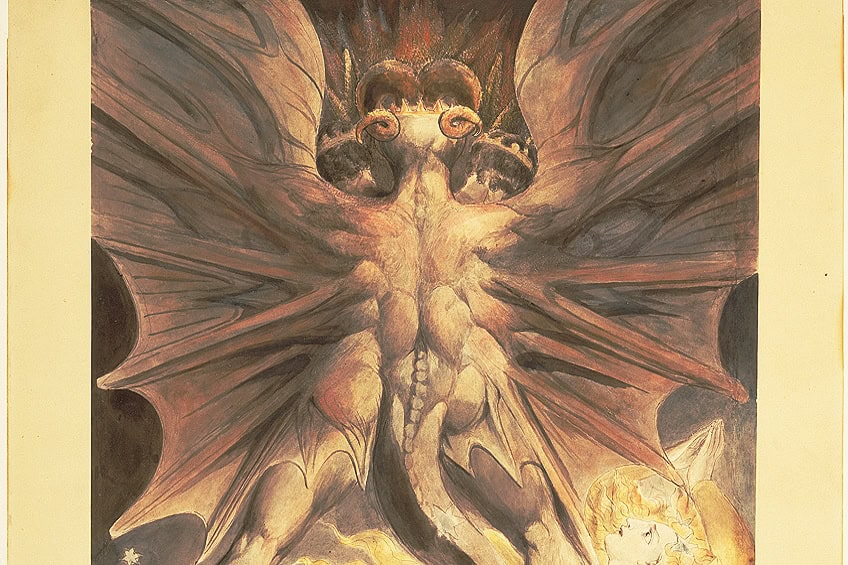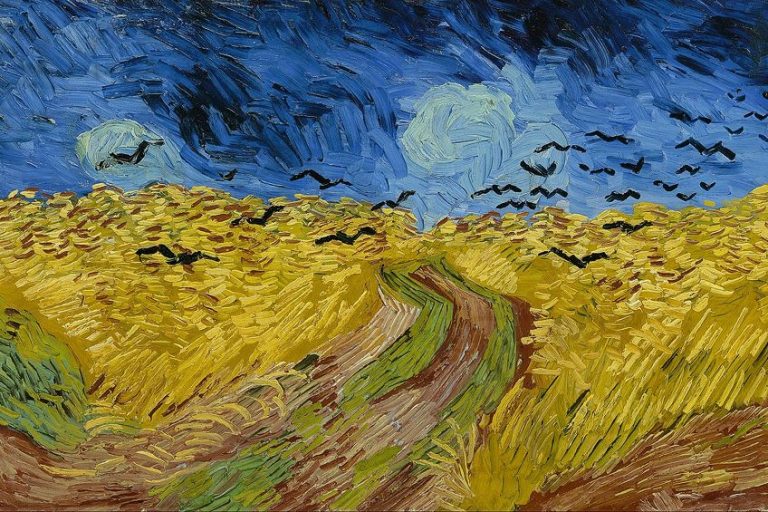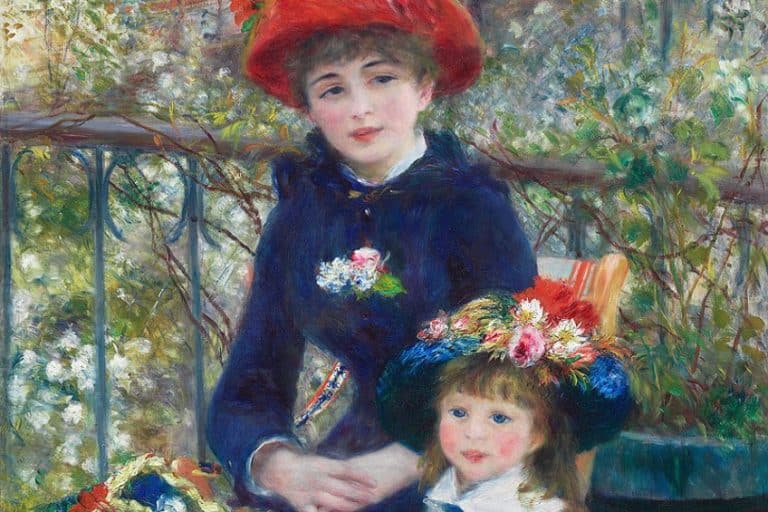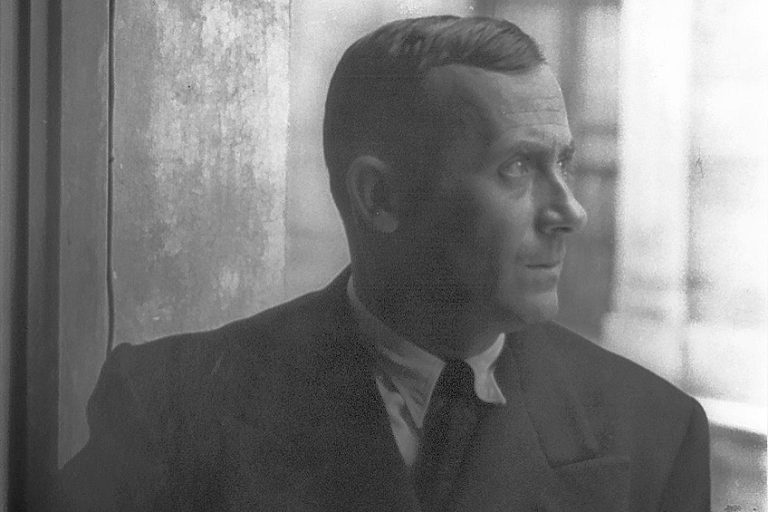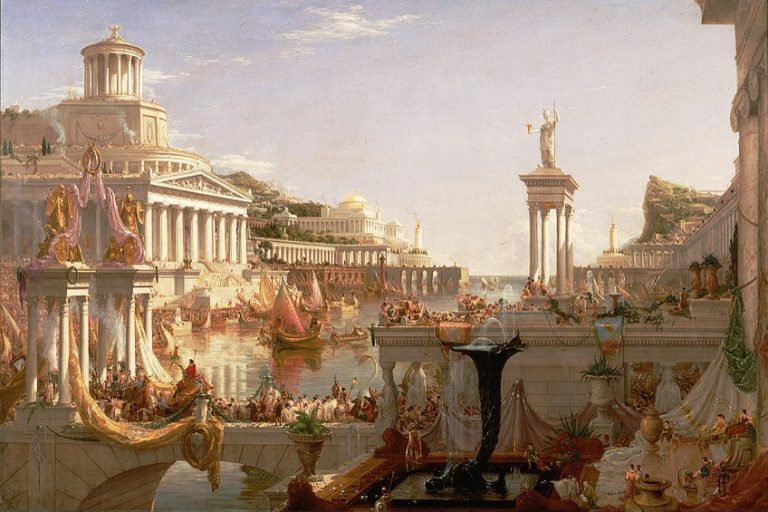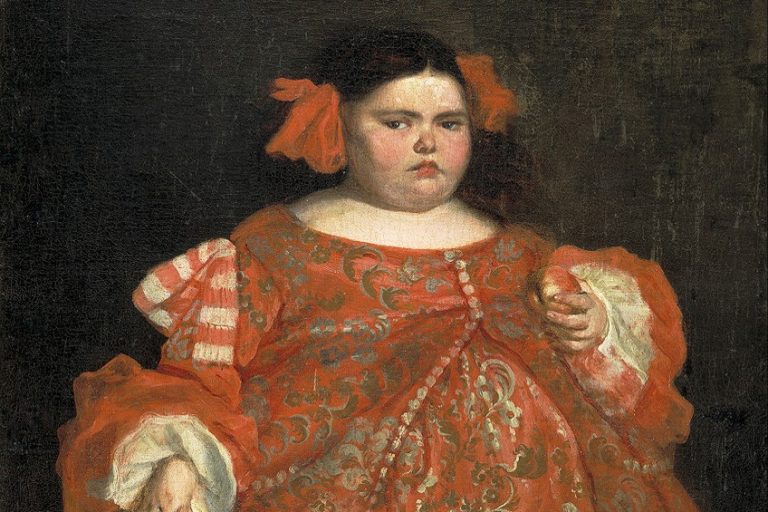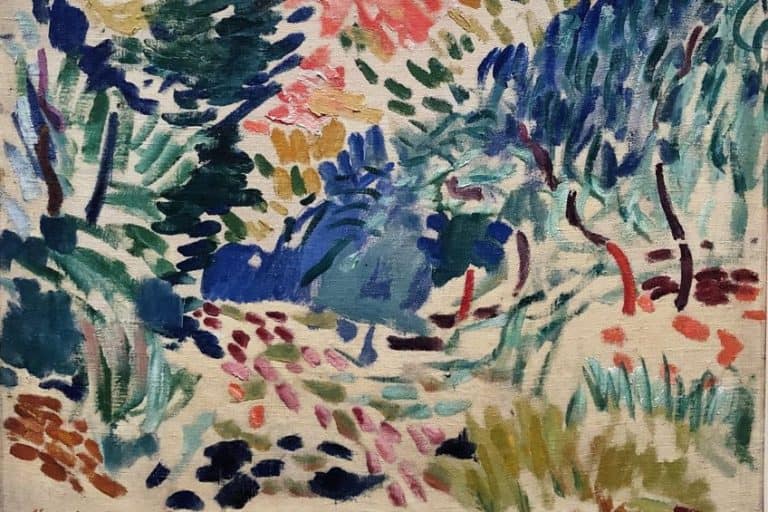“The Great Red Dragon and the Woman Clothed With the Sun”
The Great Red Dragon and the Woman Clothed With the Sun is a powerful and enigmatic watercolor painting by the visionary English artist and poet William Blake, created between 1803 and 1805. Part of a series illustrating scenes from the biblical Book of Revelation, this artwork captures the dramatic encounter between a fearsome, multi-headed dragon and a radiant woman adorned with the sun. Blake’s imaginative and symbolic style, characterized by bold compositions and intricate details, vividly brings to life the apocalyptic themes of spiritual struggle and divine triumph. This painting is not only a testament to Blake’s profound religious vision but also to his innovative approach to art, blending mysticism and mythology with his unique artistic expression.
Key Takeaways
- William Blake’s painting interprets a scene from the Book of Revelation, featuring a dramatic encounter between good and evil.
- Blake’s artistic expression in this series reveals his deep engagement with biblical texts and mythological themes.
- The work’s enduring significance is reflected in its continued discourse in art history and examination of religious iconography.
William Blake and His Artistry
| Artist | William Blake (1757 – 1827) |
| Date Created | c. 1803 – 1805 |
| Medium | Watercolor on paper |
| Genre | Religious, Mythological |
| Period/Movement | Romanticism |
| Dimensions (cm) | 43.7 x 34.8 |
| Series/Versions | Part of The Great Red Dragon series |
| Where Is It Housed? | Brooklyn Museum, New York, United States |
| What It Is Worth | Estimated at several million USD, though the exact value can vary based on market conditions and provenance. |
William Blake’s watercolor painting, The Great Red Dragon and the Woman Clothed With the Sun, stands out as an evocative and powerful visual interpretation of a scene from the Book of Revelation. Created sometime between 1803 and 1805, this piece is one of a series of illustrations that Blake produced focusing on the theme of the Great Red Dragon. In this work, the dramatic tension is palpable as Blake portrays the imposing dragon poised over a woman clothed in the radiance of the sun, against a backdrop of darkness.
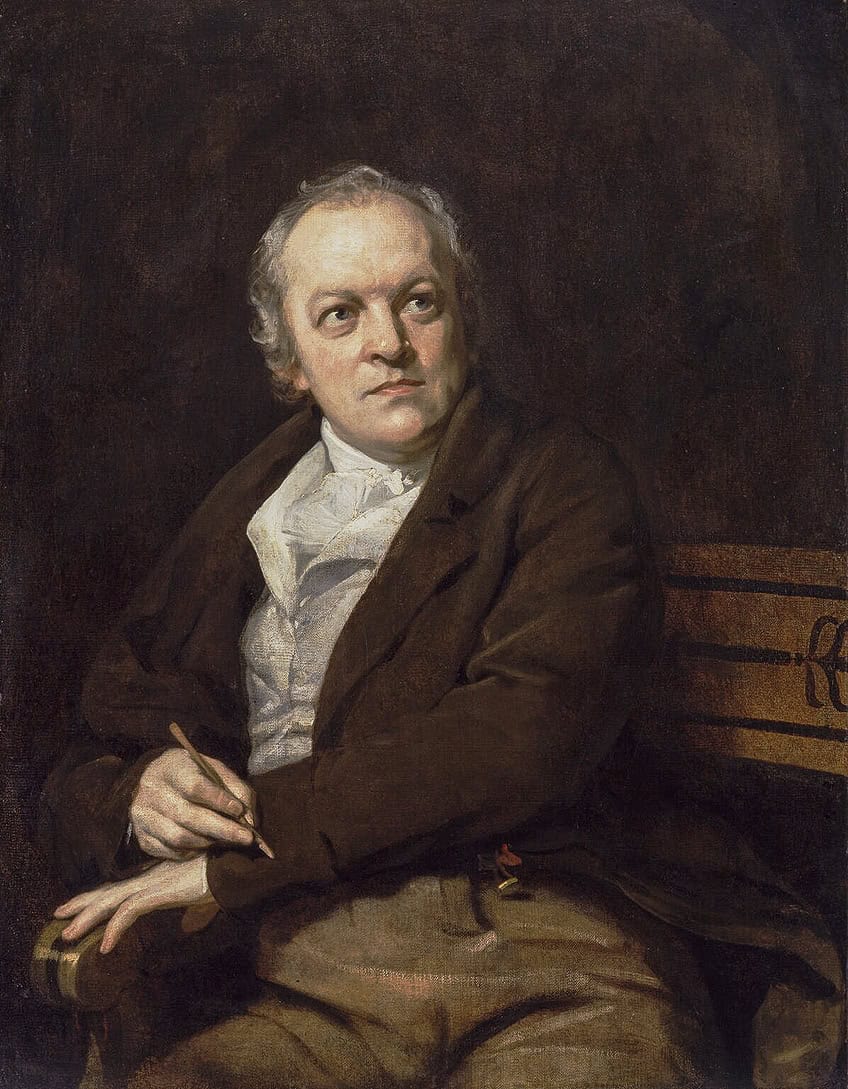
The artist’s intricate use of both color and form brings to life the vivid imagery described in Revelations. The dragon symbolizes Satan, and its menacing presence in the painting highlights the biblical battle between good and evil. Meanwhile, the woman, illuminated and seemingly serene, represents an element of divine protection and virtue. Blake’s skillful rendering captures the essence of the cosmic struggle and has cemented the work as an important piece within not only his oeuvre but also the broader context of religious and mythological art.
Influence of Christian Faith and Mythology
Blake’s deeply rooted Christian faith and interest in mythology heavily influenced his artistic expression. His artwork, like The Great Red Dragon and the Woman Clothed With the Sun, draws directly from Biblical texts and is rich with spiritual symbolism. In this painting, the vivid use of color and intense lines portrays the apocalyptic scene from the Book of Revelation with a striking dynamism.
The form and shape of the central figures—the red dragon and the sun-clothed woman—demonstrate his ability to convey complex religious narratives through visual media.
The Role of the National Gallery of Art
The National Gallery of Art serves as a custodian of Blake’s heritage, safeguarding some of his most significant works. As an institution, it not only preserves paintings like The Great Red Dragon and the Woman Clothed With the Sun but also offers insight into Blake’s artistry. Watercolor, a medium Blake utilized masterfully to create luminous and ethereal effects, highlights his work on display at the gallery, allowing viewers to appreciate the nuances of his technique. Through exhibitions and collections, the gallery elucidates the importance of Blake’s contributions to the art world and ensures that his unique vision remains accessible to the public.
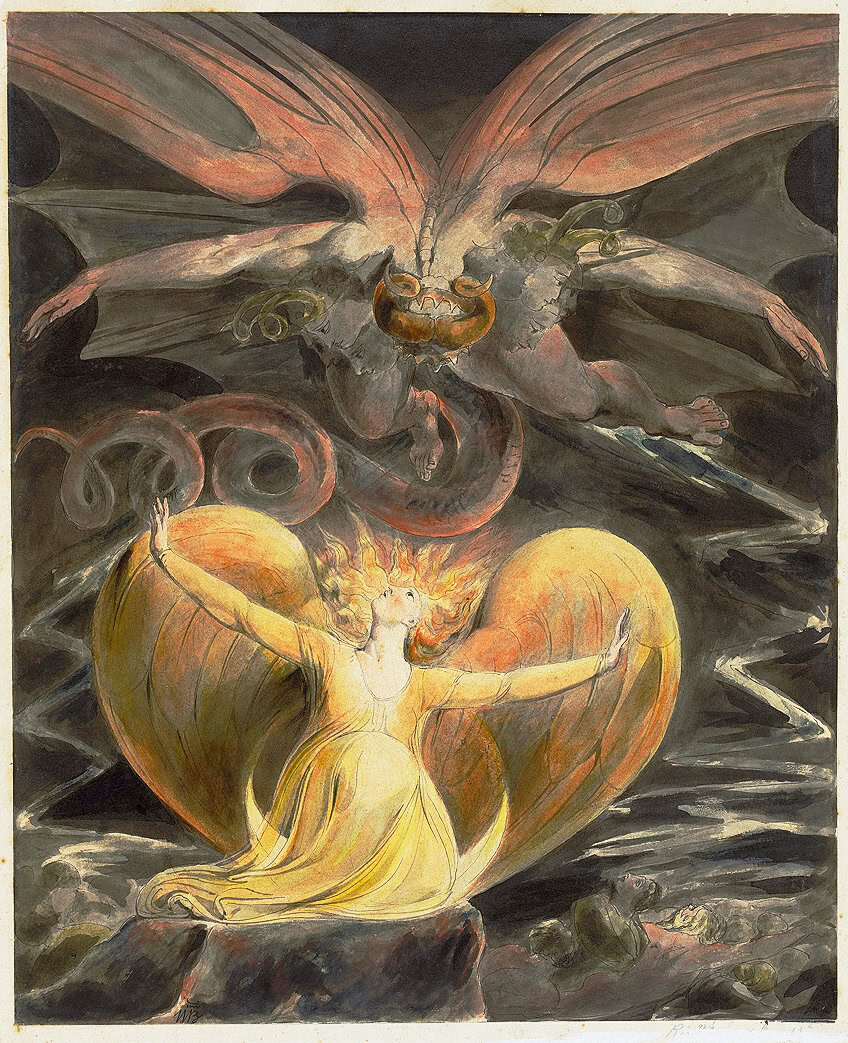
Analyzing The Great Red Dragon and the Woman Clothed With the Sun
William Blake’s painting, The Great Red Dragon and the Woman Clothed With the Sun, is a visual articulation from the Book of Revelation, presenting complex symbolism and a masterful blend of techniques that have intrigued scholars and art enthusiasts alike.
Symbolism and Representation
In The Great Red Dragon and the Woman Clothed With the Sun, the woman clothed with the sun represents an amalgam of virtue and purity, underscored by her luminous garb and celestial positioning. She stands with the moon under her feet and wears a crown of twelve stars, elements that point to divinity and Blake’s connection to the text from the Bible. This figure is an embodiment of good facing off against the epitome of evil represented by the great red dragon.
This dragon, a formidable figure in Blake’s painting, is drawn from the very passages of the Book of Revelation and is depicted with seven heads, ten horns, and seven crowns. These features are laden with symbolism, the heads often interpreted as representing the seven sins, the horns as powers, and the crowns as kingly authority — all indicators of the dragon’s menacing power and representation of Satan.
Composition and Technique
Blake’s composition is tight and dynamic, creating a palpable tension between the forces of good and evil. He engages a predominantly watercolor medium, using black ink and touches of graphite to establish depth and form. The technique involves layering and an incisive use of line, which lends a dramatic contrast particularly evident in the dragon’s muscular form contrasted against the ethereal glow of the woman.
The artist plays with the proportion and scale to enhance the narrative power of the scene.
He positions the figures to juxtapose vulnerability with menacing power, yet the woman’s countenance remains composed, reinforcing the narrative’s moral dichotomy. Blake’s control over watercolor is evident in how he modulates its translucency to depict both the soft radiance of the woman and the fiery intensity of the dragon.
Contextual Significance in Religious Texts
William Blake’s The Great Red Dragon and the Woman Clothed With the Sun encompasses profound biblical themes from the New Testament’s Book of Revelation. This artwork visualizes the cosmic battle between good and evil, epitomizing the pivotal war described in the sacred text.
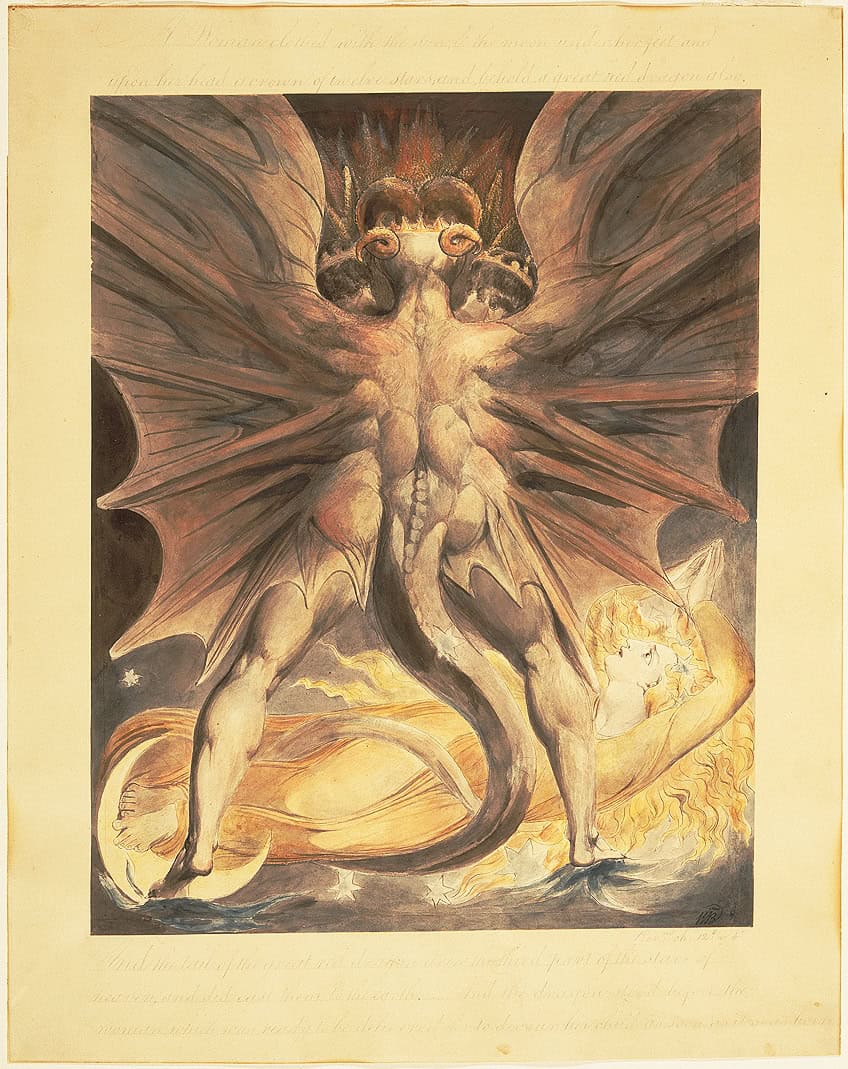
Interpretation of the Book of Revelation
The Book of Revelation, the final book of the Christian New Testament, contains a complex passage in which a woman clothed with the sun represents the embodiment of faith and the church, facing off against a formidable adversary. This adversary, an enormous red dragon, is a metaphor for Satan, emphasizing the struggle of the faithful against the pervasive darkness of evil.
In Revelation 12:1-4, the dragon’s intent is to devour the woman’s offspring, an act symbolizing the relentless assault of evil against the propagation of the Christian faith on Earth.
Depiction of Good vs. Evil
Blake’s portrayal draws a distinct line between good, illustrated by the divine and pure imagery of the woman, and evil, represented by the dragon’s monstrous form. The woman, illuminated and standing upon the moon, contrasts sharply with the dark and ominous figure of the dragon, a creature with seven heads, ten horns, and seven diadems, often associated with the serpent from Genesis. Through this stark visual contrast, Blake conveys the perpetual conflict between light and darkness, a central motif in Christian storytelling that echoes the narrative of the eternal war waged between God and the Devil.
Cultural Impact and Legacy
William Blake’s The Great Red Dragon and the Woman Clothed With the Sun has captivated audiences due to its stark portrayal of apocalyptic themes and complex mythology. Its rich symbolism and dramatic composition have ensured its place as an influential piece in art history.
Artwork Exhibitions and Ownership
The series of watercolors to which this particular piece belongs has been displayed in influential galleries, contributing to its legacy. Below is a summary of the artwork’s exhibition history and ownership:
- Brooklyn Museum: A version of Blake’s work, The Great Red Dragon and the Woman Clothed With the Sun, has been part of the museum’s collection. However, this item is currently not on view. The piece was donated to the Brooklyn Museum by William Augustus White, emphasizing the artwork’s importance through patronage.
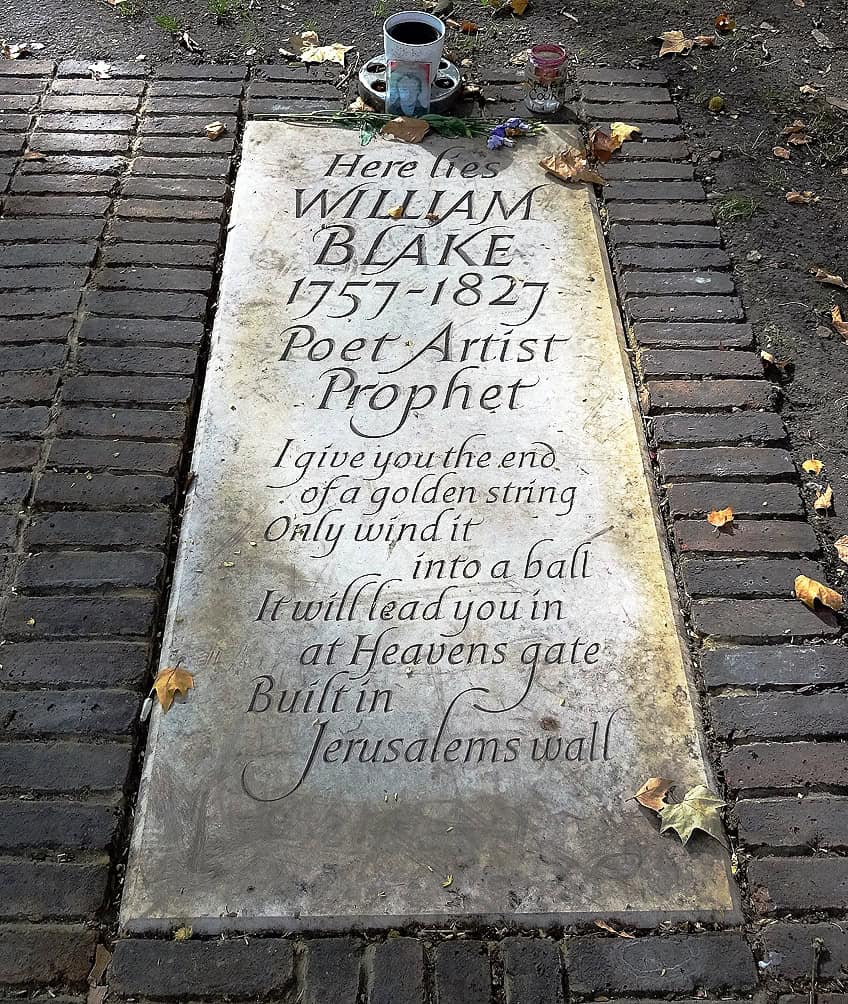
The legacy of the artwork remains not only through its physical displays but also through the connection to its original patron, Thomas Butts, who was Blake’s most faithful supporter. Butts’ role in commissioning this work is significant, as it underlines the private appreciation and the personal investment in art that transcends public acclaim. The meticulous outlines and rich narratives of Blake’s work offer insight into the artist’s creative process and the interpretation of biblical apocalypse and mythology, themes that continue to resonate and inspire scholarly interpretation and public interest alike.
The Great Red Dragon and the Woman Clothed With the Sun stands as a testament to William Blake’s extraordinary ability to fuse art and spirituality into a compelling visual narrative. Through his masterful use of color, composition, and symbolism, Blake captures the cosmic battle between good and evil, reflecting his profound theological insights and imaginative genius. This painting not only exemplifies Blake’s unique style but also invites viewers to explore the deeper metaphysical themes within his work. As a piece that continues to inspire and provoke thought, it underscores Blake’s enduring legacy as a pioneer of visionary art, whose impact resonates through the centuries.
Frequently Asked Questions
What Does the Imagery in The Great Red Dragon and the Woman Clothed With the Sun Symbolize?
The imagery in this piece symbolizes biblical prophecy from the Book of Revelation. The red dragon represents Satan or evil, while the woman clothed with the sun, standing on the moon, and crowned with stars, symbolizes God’s people or virtue.
How Has The Great Red Dragon and the Woman Clothed With the Sun Influenced Popular Culture?
William Blake’s artwork has made a significant impact on popular culture, notably in literature and film. It has featured as a key symbol in Thomas Harris’s novel, Red Dragon, and it has captivated audiences with its thematic presence in the related film adaptations and television series.
In What Context Did William Blake Create The Great Red Dragon and the Woman Clothed With the Sun?
William Blake created this work between 1803 and 1805, during a period in which he was deeply engaged with spiritual and prophetic themes. It is a part of a series of watercolor paintings that visually interpret scenes from the Book of Revelation.
Isabella studied at the University of Cape Town in South Africa and graduated with a Bachelor of Arts majoring in English Literature & Language and Psychology. Throughout her undergraduate years, she took Art History as an additional subject and absolutely loved it. Building on from her art history knowledge that began in high school, art has always been a particular area of fascination for her. From learning about artworks previously unknown to her, or sharpening her existing understanding of specific works, the ability to continue learning within this interesting sphere excites her greatly.
Her focal points of interest in art history encompass profiling specific artists and art movements, as it is these areas where she is able to really dig deep into the rich narrative of the art world. Additionally, she particularly enjoys exploring the different artistic styles of the 20th century, as well as the important impact that female artists have had on the development of art history.
Learn more about Isabella Meyer and the Art in Context Team.
Cite this Article
Isabella, Meyer, ““The Great Red Dragon and the Woman Clothed With the Sun”.” Art in Context. June 3, 2024. URL: https://artincontext.org/the-great-red-dragon-and-the-woman-clothed-with-the-sun/
Meyer, I. (2024, 3 June). “The Great Red Dragon and the Woman Clothed With the Sun”. Art in Context. https://artincontext.org/the-great-red-dragon-and-the-woman-clothed-with-the-sun/
Meyer, Isabella. ““The Great Red Dragon and the Woman Clothed With the Sun”.” Art in Context, June 3, 2024. https://artincontext.org/the-great-red-dragon-and-the-woman-clothed-with-the-sun/.


